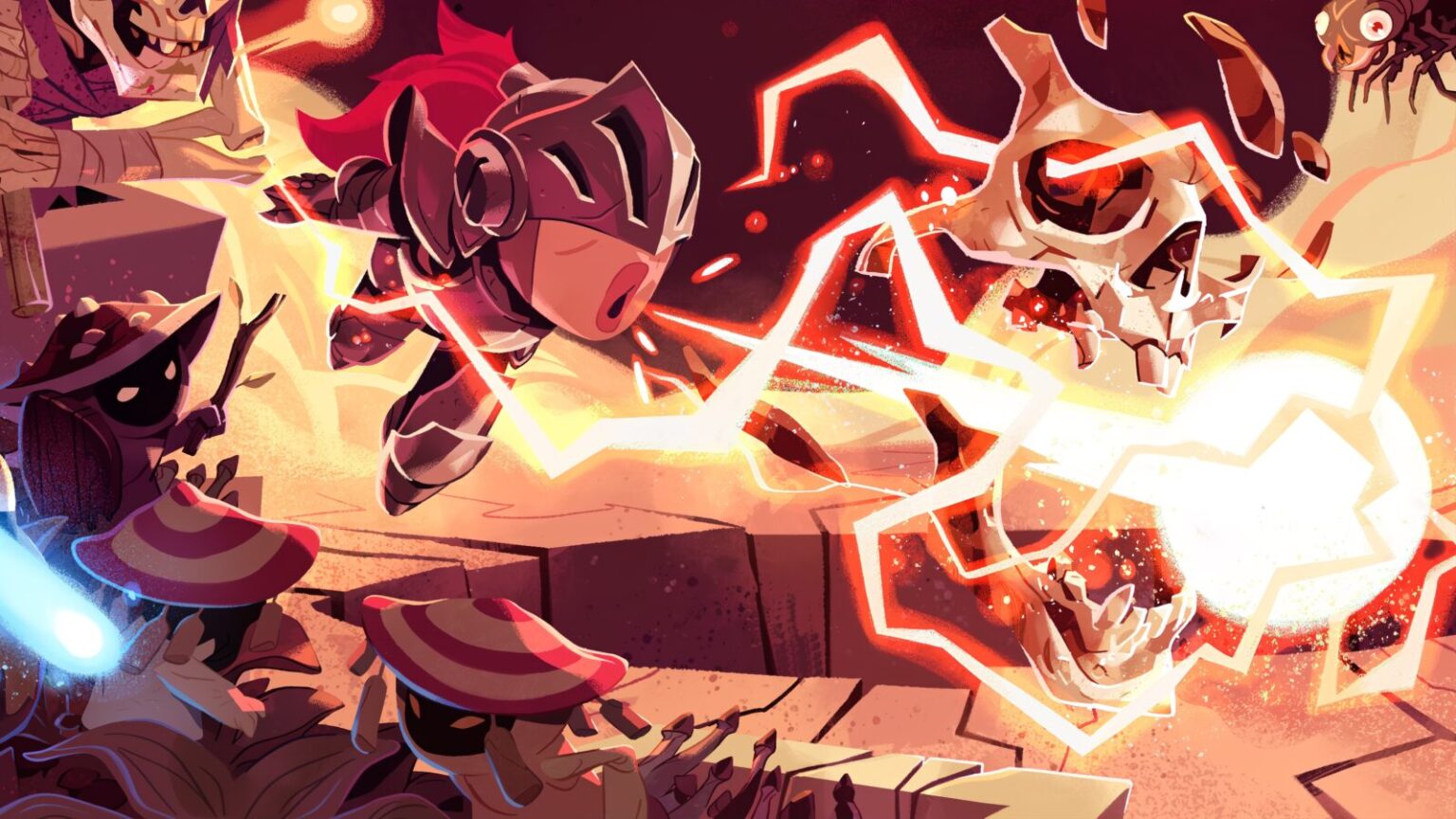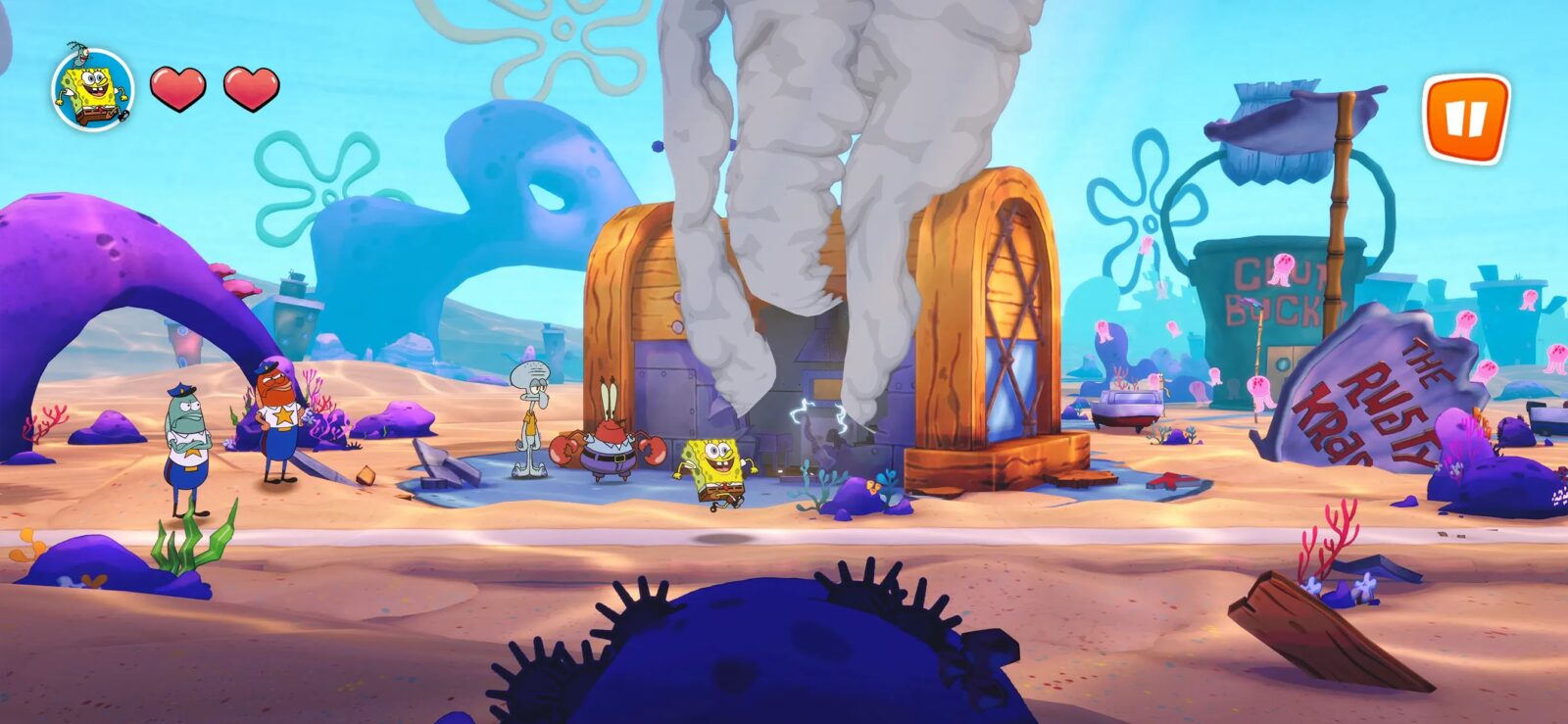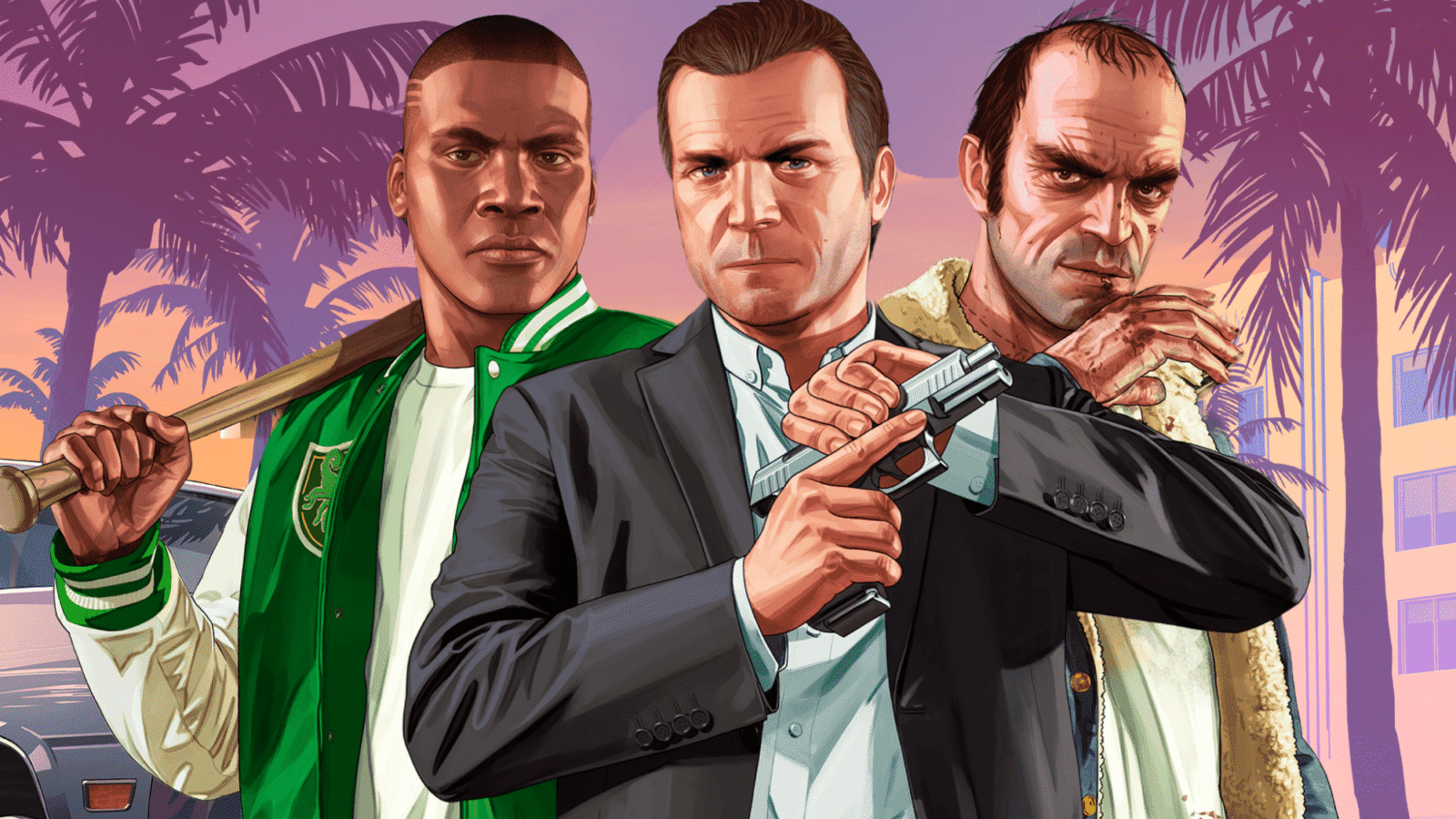TL;DR: Ball x Pit is a dangerously addictive roguelite brick-breaker that turns chaos into art. Play it if you value your time. Or don’t—because it’s about to own it anyway.
Ball x Pit
There are games you play for fun, and there are games that take up residence in your mind like an uninvited roommate who pays rent in dopamine instead of cash. Ball x Pit belongs to the latter category. It’s the kind of game that begins as a harmless fling and slowly metastasizes into a full-blown lifestyle choice. What starts as a casual “let’s see what this weird Breakout-meets-roguelite thing is about” turns into an all-night meditation on geometry, luck, and the eternal question: why am I still awake at 3:47 AM watching pixelated balls destroy everything in sight while my real-world responsibilities decay quietly in the background?
Let’s get one thing out of the way: Ball x Pit looks like every other low-effort mobile ad you’ve ever scrolled past. You know the ones—smiling influencers faking excitement as a hand clumsily swipes across the screen, promising some “oddly satisfying” gameplay loop while hiding a minefield of pay-to-win garbage. Ball x Pit wears that same costume, but inside the outfit is something far more sinister and wonderful. There are no energy timers, no $4.99 bundles for “bonus gems.” There’s only the cold, glorious efficiency of progression, skill, and the faint glimmer of luck. It’s not out to drain your wallet—it’s here to devour your time, and it does so with a kind of earnest purity that feels almost noble.
At its core, it’s a modern reimagining of Breakout—the ancient arcade game that birthed generations of paddle-smashers and Pong nostalgics. But instead of smashing bricks, you’re unleashing an army of balls upon hordes of enemies who look like they were designed by someone who loves both pixel art and chaos. You start small: one character, one ball, one mission. Before you know it, you’re knee-deep in upgrade trees, elemental fusions, and strategic decisions that make each run feel like a hybrid of gambling and genius.
And it’s not just about reflexes. Every shot you take is a little act of planning—a prayer to the RNG gods. Each bounce is a microcosm of strategy, every ricochet a potential symphony of destruction or failure. It’s both math and madness. The beauty of Ball x Pit is how it transforms the brain’s love of feedback loops into a fully functioning addiction. You launch, you destroy, you upgrade, you build, and then you do it again, forever.
The first time I unlocked the Warrior’s bleed effect, I felt like I’d cracked some kind of secret code. Watching stacks of damage pile up with every hit is the kind of primal satisfaction that doesn’t fade easily. Later, when I discovered how fusing Horizontal Laser with Vertical Laser produced the Holy Laser—an attack that literally draws a burning cross of light across the battlefield—I laughed out loud like a maniac. These discoveries don’t just make you stronger; they make you feel like you’ve ascended into some higher tier of player consciousness. Ball x Pit rewards experimentation in a way most modern roguelites forget to.
The fusion system is where things get truly ridiculous. Each ball, each upgrade, each possible mutation—it’s all fair game. Mix enough effects, and you might summon something that melts an entire army in one bounce. Or maybe you just get a glorified onion that stinks up your entire build. There’s no way to know until you try, and that’s what keeps it intoxicating. This isn’t about memorizing a meta; it’s about chasing that next euphoric moment when the game’s chaotic systems align in your favor, and the screen turns into a fireworks display of lasers, explosions, and flying numbers.
When you finally achieve that perfect combination—when the balls are bouncing like caffeinated pinballs, enemies are exploding in synchronized rhythm, and you’re watching your stats balloon with each kill—it’s transcendence. It’s the video game equivalent of that rare, perfect high note in a song you’ve played on repeat. You can feel the synapses firing in your brain. You forget the world outside your screen. It’s bliss.
But then there’s the town.
Ah, the town. The other half of Ball x Pit. The necessary evil that grounds this fever dream in something resembling structure. Between runs, you return to your little hub world—a collection of buildings, resource tiles, and upgrade paths that look like the developers accidentally wandered into a city-building sim and decided to stay a while. It’s crucial to your progress; the better your town, the stronger your characters. But it’s also clunky. Managing it feels like trying to solve a jigsaw puzzle with pieces that keep changing shape.
Don’t get me wrong—the concept is brilliant. Every building serves a purpose. Some boost stats, others generate resources, and some unlock entirely new mechanics. But the execution? It’s a mess. Rearranging your town layout feels less like strategic planning and more like digital housekeeping. You’ll find yourself moving the same structures over and over just to make sure you can hit them properly during the harvest phase. It’s mildly amusing at first, then maddening. I’ve spent more time shuffling tiles than I care to admit, muttering to myself like a deranged city planner.
Still, despite its clunkiness, the town adds a layer of permanence to an otherwise ephemeral game. Runs come and go, RNG giveth and taketh away, but your city remains. It’s your legacy. Every blueprint you unlock, every structure you raise—it all feeds back into that central loop of progression. It’s a feedback ecosystem designed to make sure you’re always working toward something, even when you lose.
Eventually, the game lets you bring two characters into a single run, and that’s when Ball x Pit blossoms into pure strategic brilliance. Suddenly, it’s not just about which upgrades to pick, but how their unique abilities complement—or sabotage—each other. You start thinking like a tactician. What if I combine The Juggler, who launches balls over enemies, with The Shade, who fires from behind? What if I throw in a heavy AOE upgrade path and just drown the entire screen in chaos? Sometimes the combos click, and you feel like a genius. Sometimes you discover that your chosen pair is about as synergistic as oil and water. Either way, it’s always fascinating.
My favorite disaster was pairing The Warrior with The Flagellant. It sounded cool in theory—one’s straightforward, the other thrives on pain—but together, they couldn’t hit a single weak spot. Watching my laser balls bounce harmlessly off the Skeleton King’s armor while my combo potential imploded was both hilarious and tragic. I lost the run, but I gained a story.
That’s what makes Ball x Pit special. Every run is a story—a self-contained little narrative of triumph, failure, and experimentation. There’s no grand lore here, no epic questline to follow. The joy is in the process, in the endless tinkering. Beating the main story around the 20-hour mark didn’t feel like an ending. It felt like a new beginning. I immediately jumped into New Game+ without hesitation. That’s how you know a game’s hooked you for good.
Ball x Pit nails something few games manage: the illusion of control within chaos. It convinces you that every success was your doing, that every perfect bounce was the result of your careful planning, even though you know, deep down, that luck is always lurking in the background. But that’s fine. That’s life. It’s a symphony of intention and randomness. The game mirrors the thrill of existence itself—beautiful, frustrating, and weirdly meaningful.
By the time I realized I’d been playing for thirty hours straight, I wasn’t even mad. I was proud. Proud of my city. Proud of my Holy Laser. Proud of the ridiculous number of baby balls I’d unleashed into the digital void. Ball x Pit had become less a game and more a ritual. Wake up. Launch balls. Upgrade. Rebuild. Repeat.
It’s the kind of game that consumes you without cruelty. It doesn’t manipulate you with timers or microtransactions. It just offers a perfect loop, and if you step into that loop willingly, you’ll find yourself happily trapped. Even its flaws—the tedious city building, the occasional balance issues—feel like quirks of a friend rather than sins of design. You forgive them because the core experience is just that good.
Ball x Pit is a rare beast: a roguelite that rewards not just skill, but curiosity. It’s not about mastery—it’s about discovery. Every fusion, every upgrade path, every bounce teaches you something new about the game’s intricate web of cause and effect. It’s endlessly replayable, not because it demands your time, but because it deserves it.
In a year overflowing with flashy live-service monstrosities and cynical remakes, Ball x Pit stands out as something pure—a reminder that games can still be clever, challenging, and weirdly soulful without selling their soul in the process. It’s my favorite game of 2025, hands down. It makes me feel like a kid again, chasing high scores in a dimly lit arcade, except now the stakes are emotional rather than numerical.
Verdict
Ball x Pit is a masterclass in design simplicity hiding extraordinary depth. Its mix of strategy, chaos, and experimentation creates a hypnotic rhythm that few games achieve. Even the clunky city-building phase can’t drag down what is, at its heart, an endlessly satisfying experience. It’s the kind of game you’ll swear off before diving right back in, whispering, “just one more run.”







